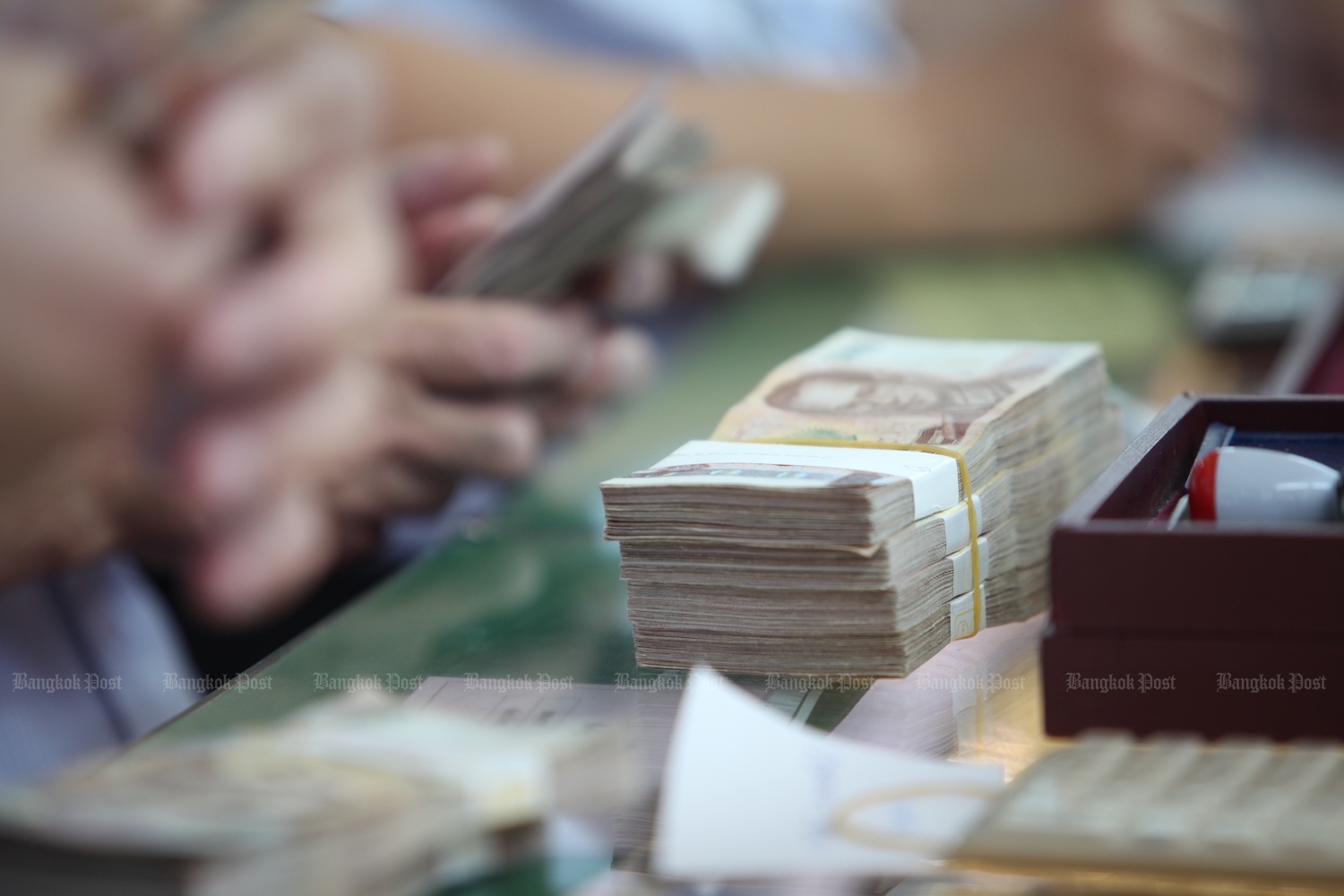
The Thai baht and Indonesian rupiah led the losses among Asian currencies on Tuesday, pressured by strength in the US dollar as signs of economic resilience and hawkish Federal Reserve rhetoric pushed US bond yields to 16-year highs.
The baht depreciated as much as 0.8% and was trading offshore at 36.34 to the dollar, its lowest level since Nov 10, 2022.
The rupiah weakened as much as 0.6% to its lowest point in eight months. Indonesia’s central bank is in the market to help balance supply and demand in the foreign exchange market, according to statements from Edi Susianto a senior official.
The yield on the benchmark 10-year Thai government bond was 3.26%, its highest level since May 2022. Indonesian 10-year benchmark yields touched their highest level since March 30 at 6.86%.
Investor sentiment towards the baht is being pressured by continued fund outflows driven by wider rate differentials — the interest rate difference between two countries — and a recent uptick in oil prices that could fan inflationary pressures in Thailand, a net oil importer.
All eyes now turn to the Bank of Thailand’s policy decision on Wednesday. The central bank is widely expected to leave its key policy interest rate unchanged at 2.25%, according to a Reuters poll of analysts.
Concerns about fiscal damage from higher spending by the new government to help finance policies to stimulate the underperforming economy have also sapped investor confidence, according to Christopher Wong, a foreign-exchange strategist with OCBC.
“But these fund outflows do not just pertain to Thailand, but across most of the region because of the higher-for-longer Fed (interest rate) narrative,” Wong added.
The Singapore dollar extended early losses to depreciate 0.2% after data showed the city-state’s industrial output in August contracted for an 11th consecutive month due to a slump in electronics.
The US dollar index touched its highest since November 2022 at 106.1 after hawkish rhetoric from the Fed and a budget deficit to be financed by borrowing led the 10-year US Treasury yield up more than 45 basis points in September to top 4.5% for the first time since 2007.
“Between the still-strong dollar and Asian central banks generally lagging emerging market peers in other regions in hiking rates, we find the mix extremely challenging for Asian rates currently,” analysts at DBS wrote.
Elsewhere in Asia, the South Korean won weakened by nearly 1% to mark a 10-month low, while the Malaysian ringgit and the Philippine peso depreciated 0.1% and 0.2%, respectively.